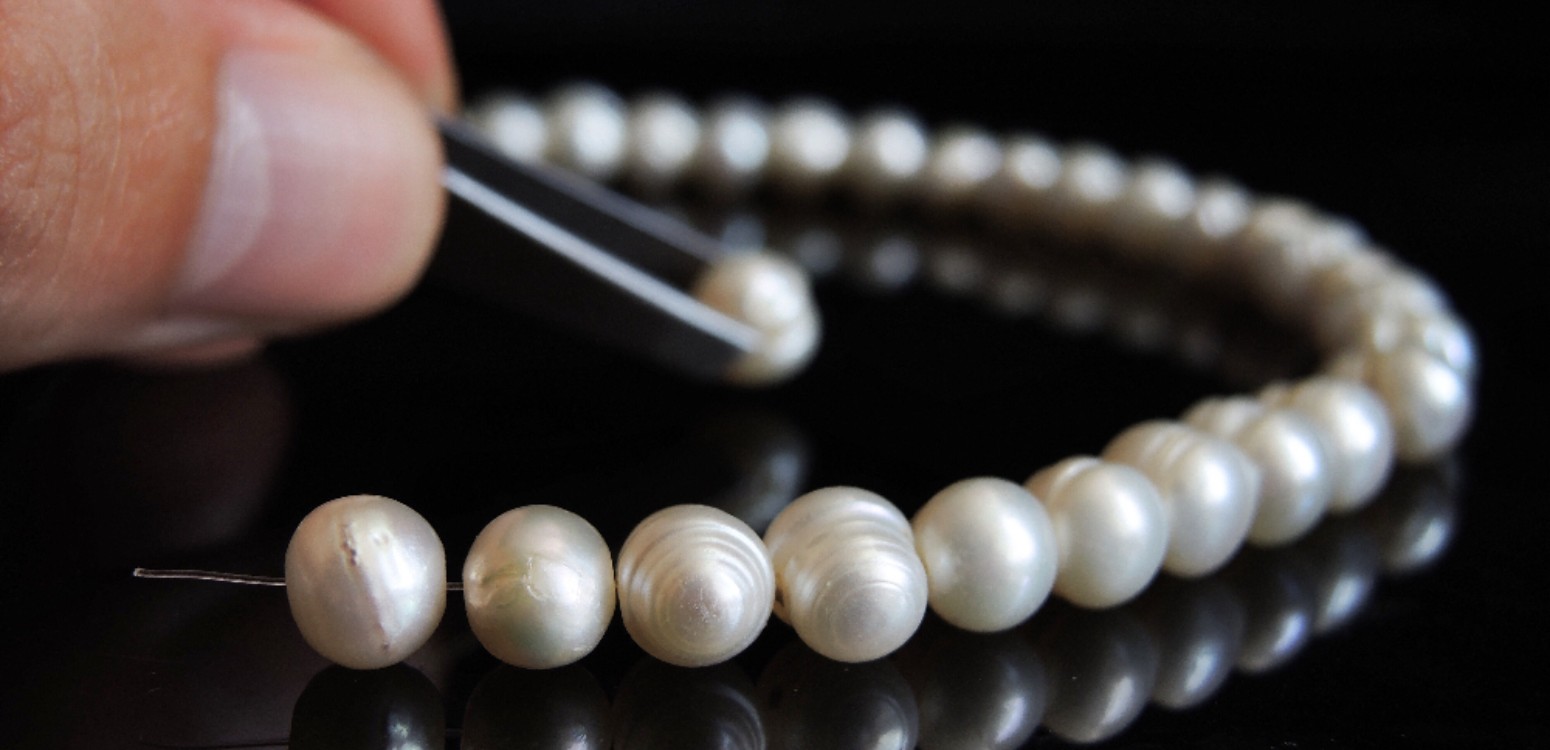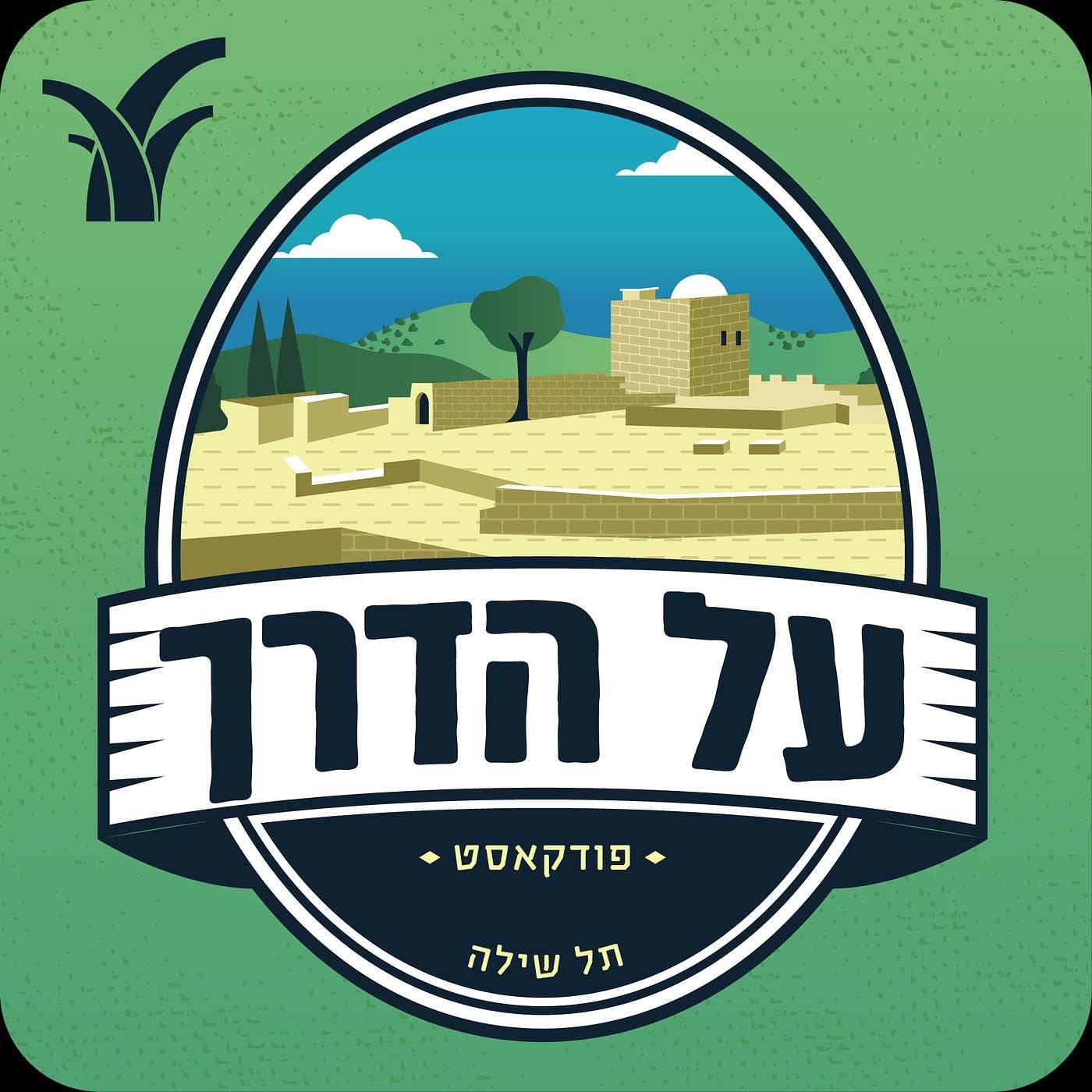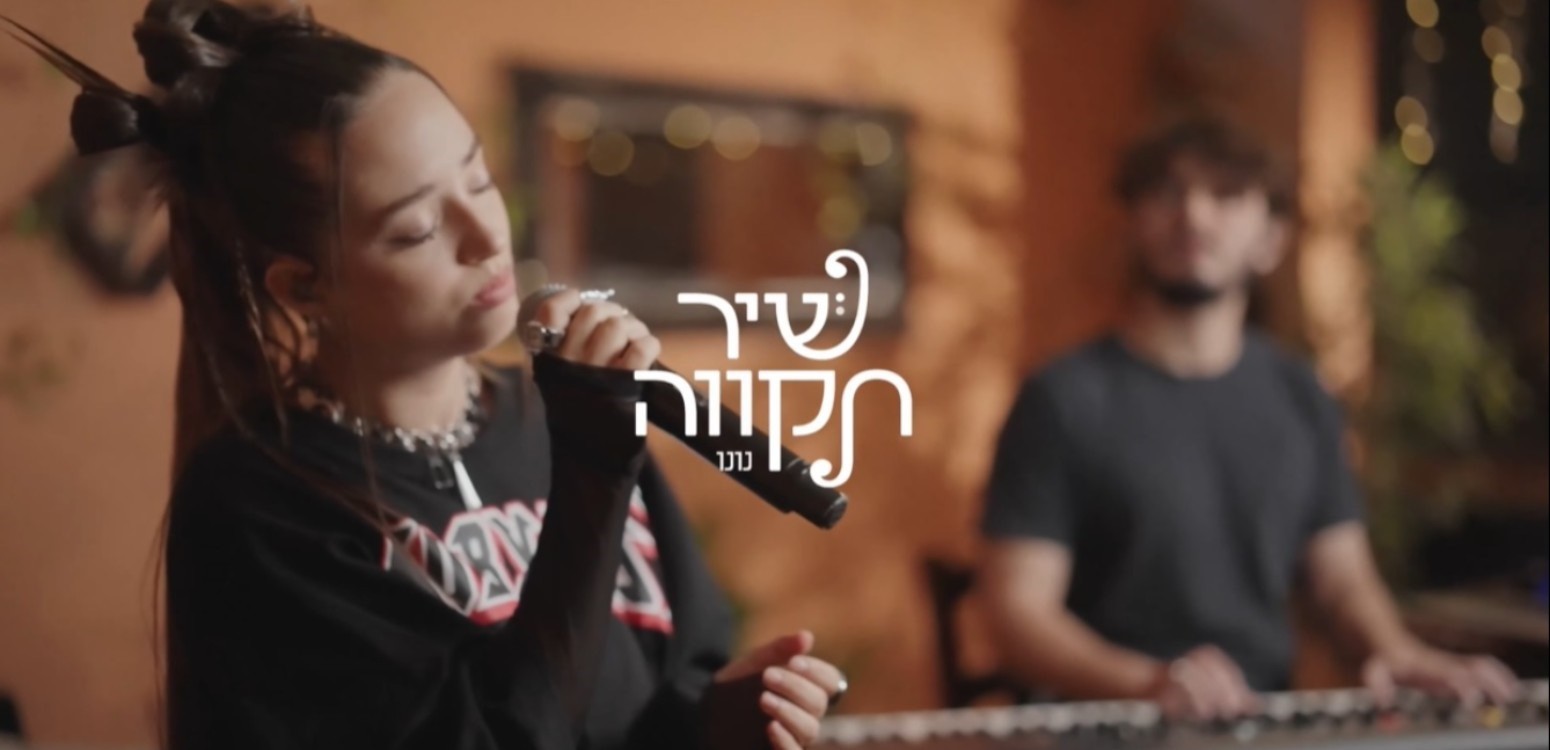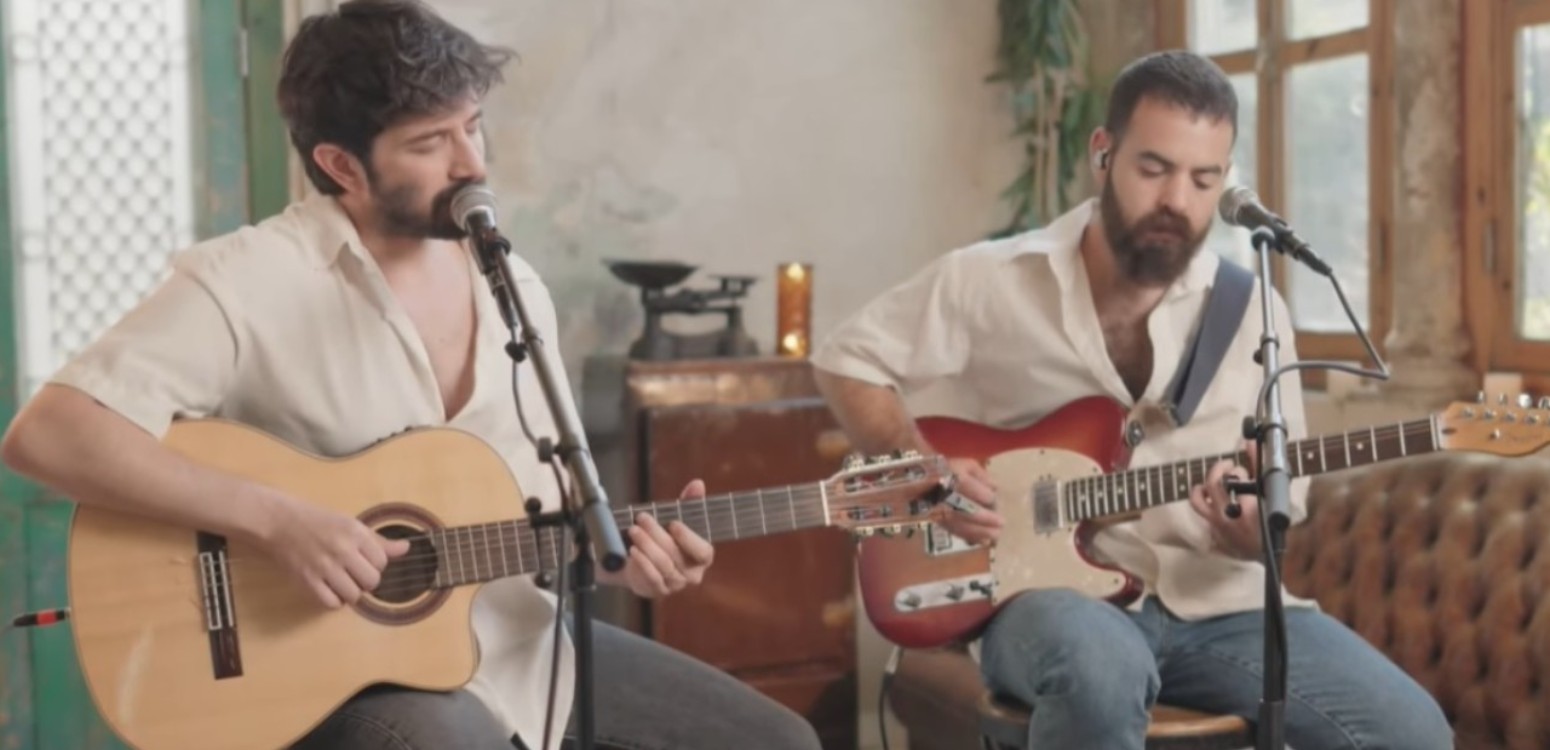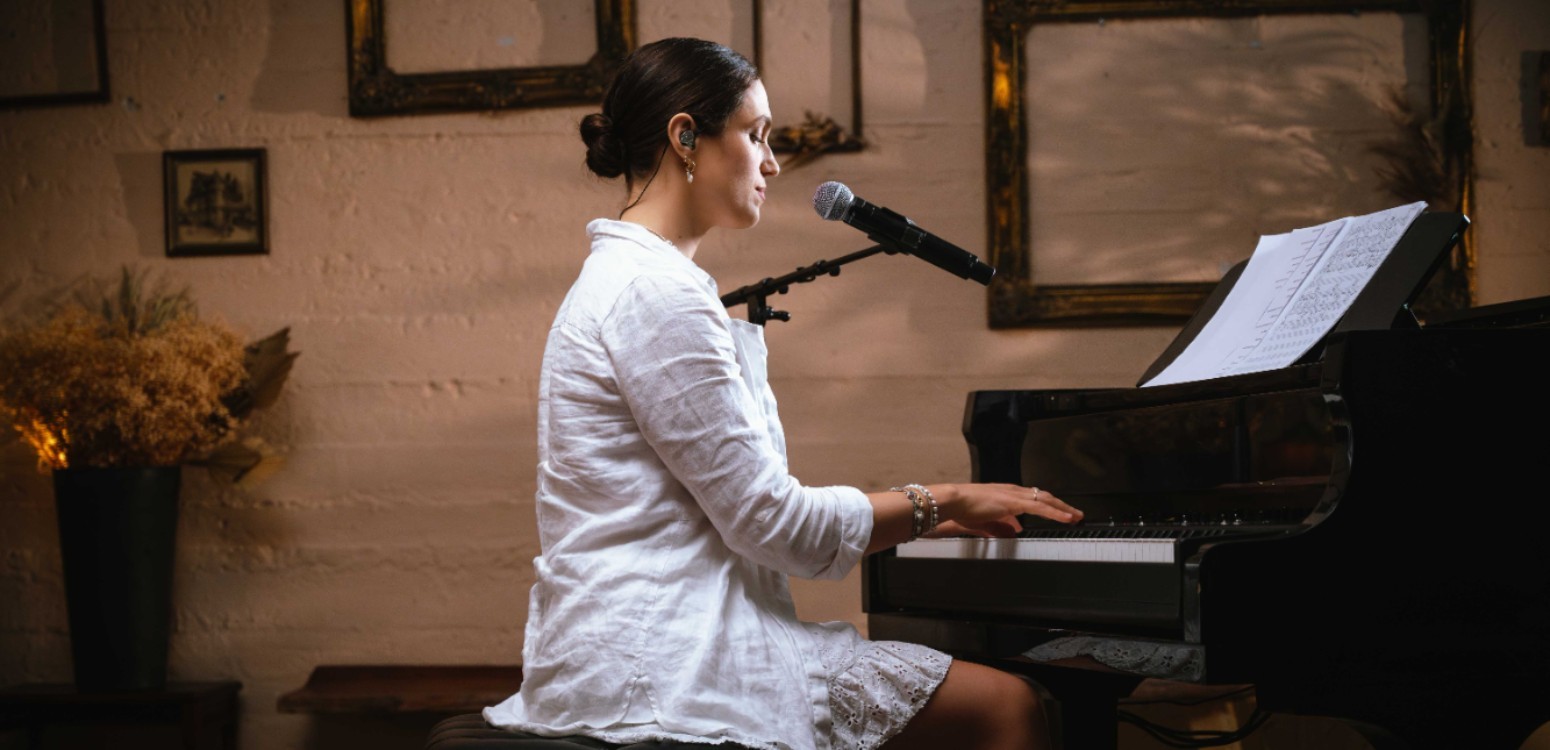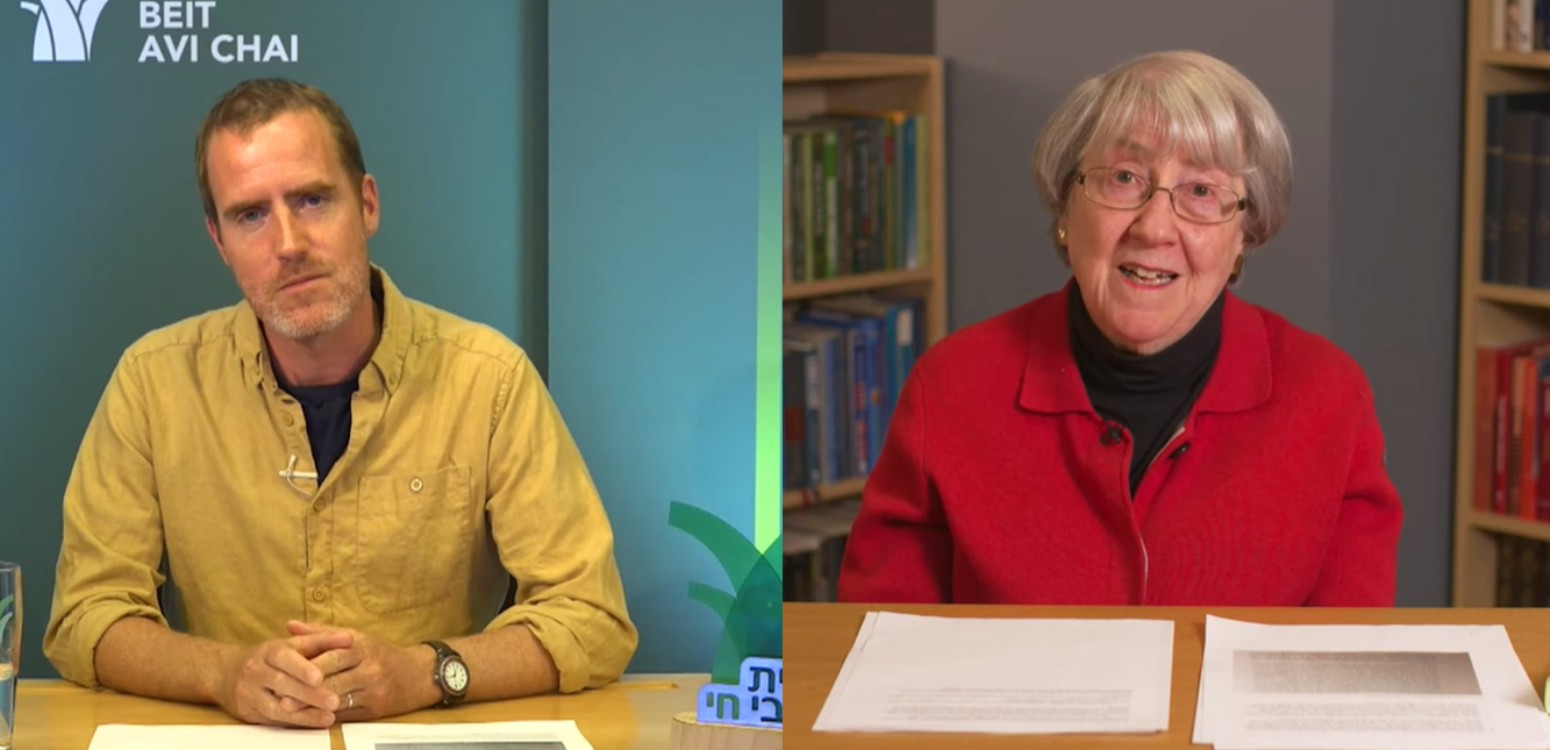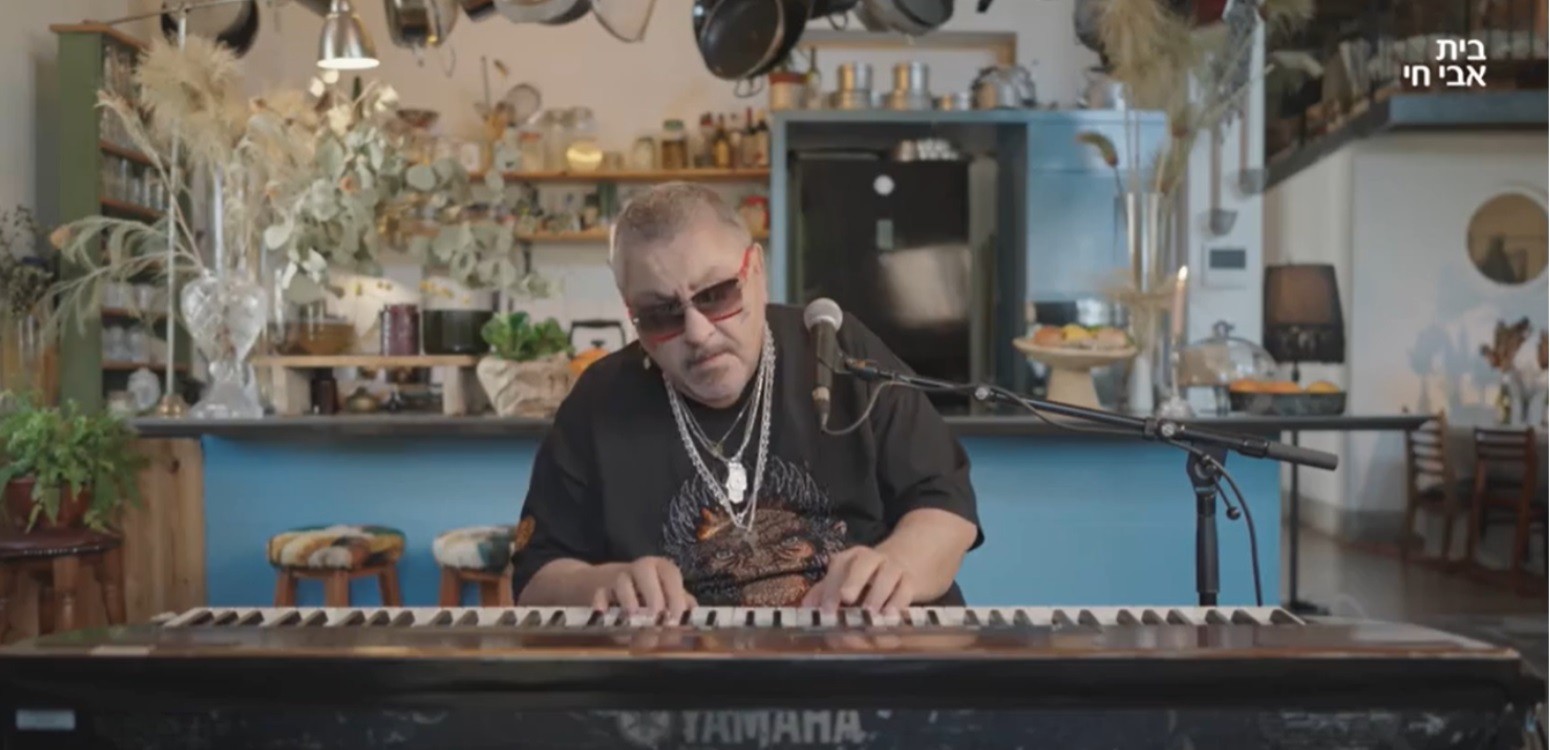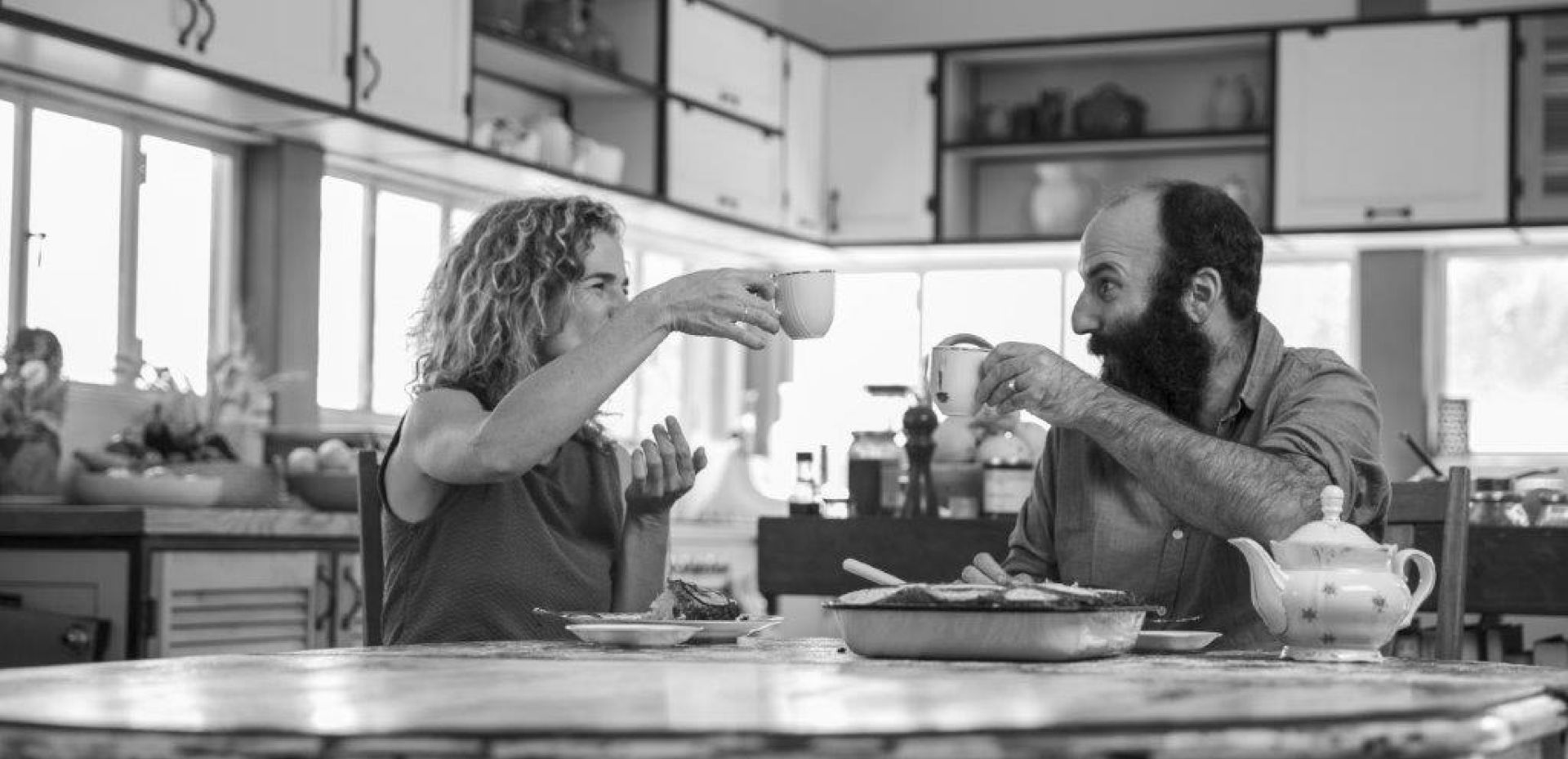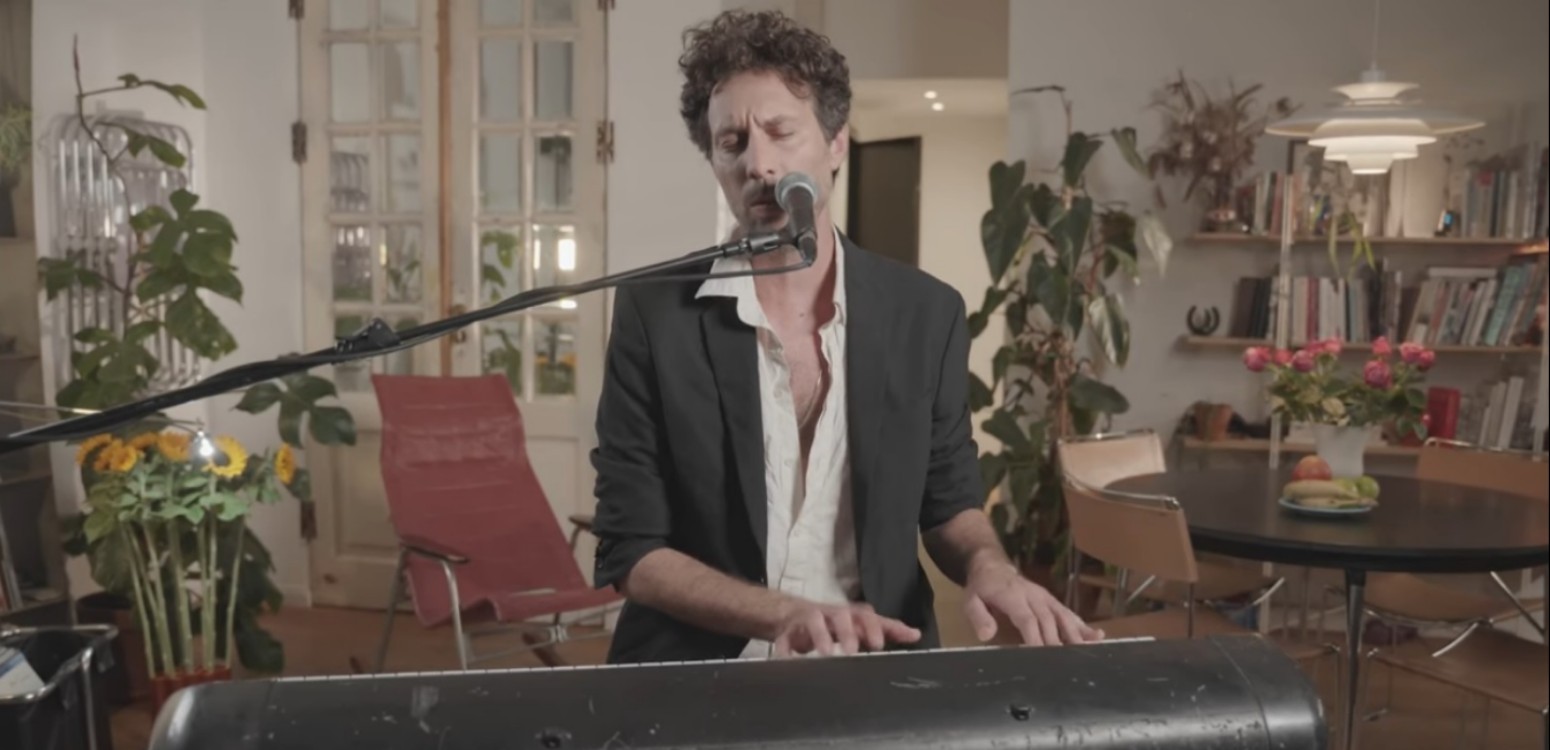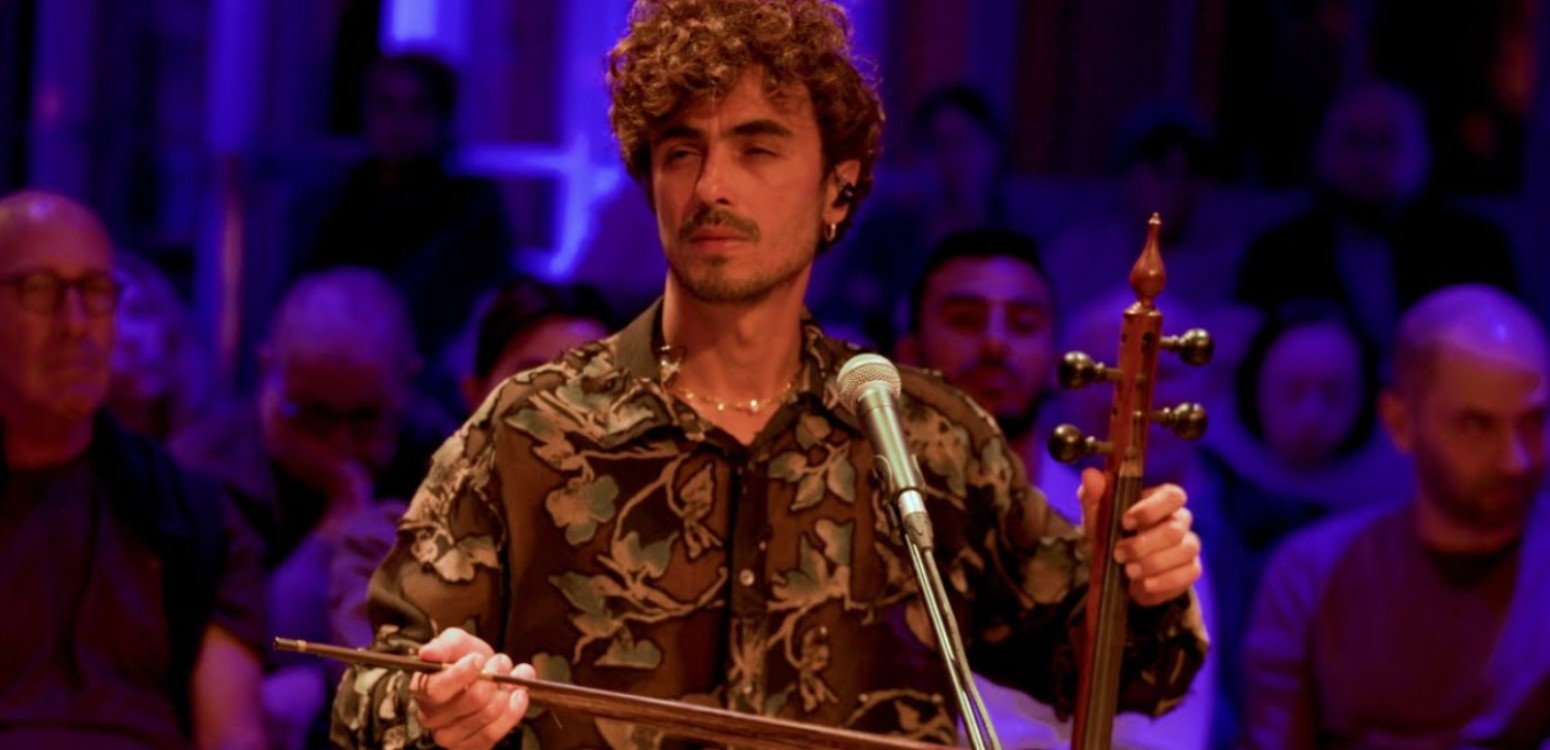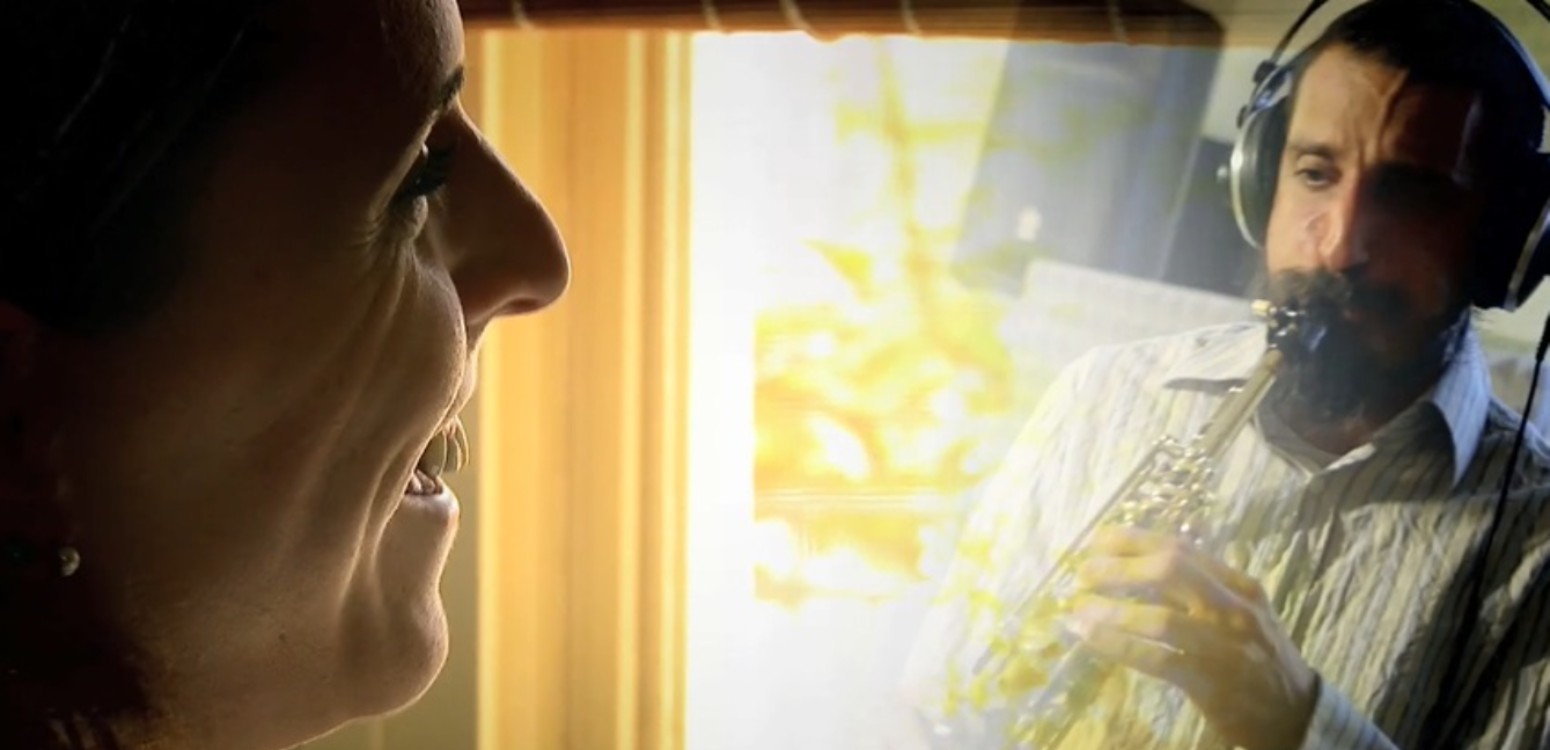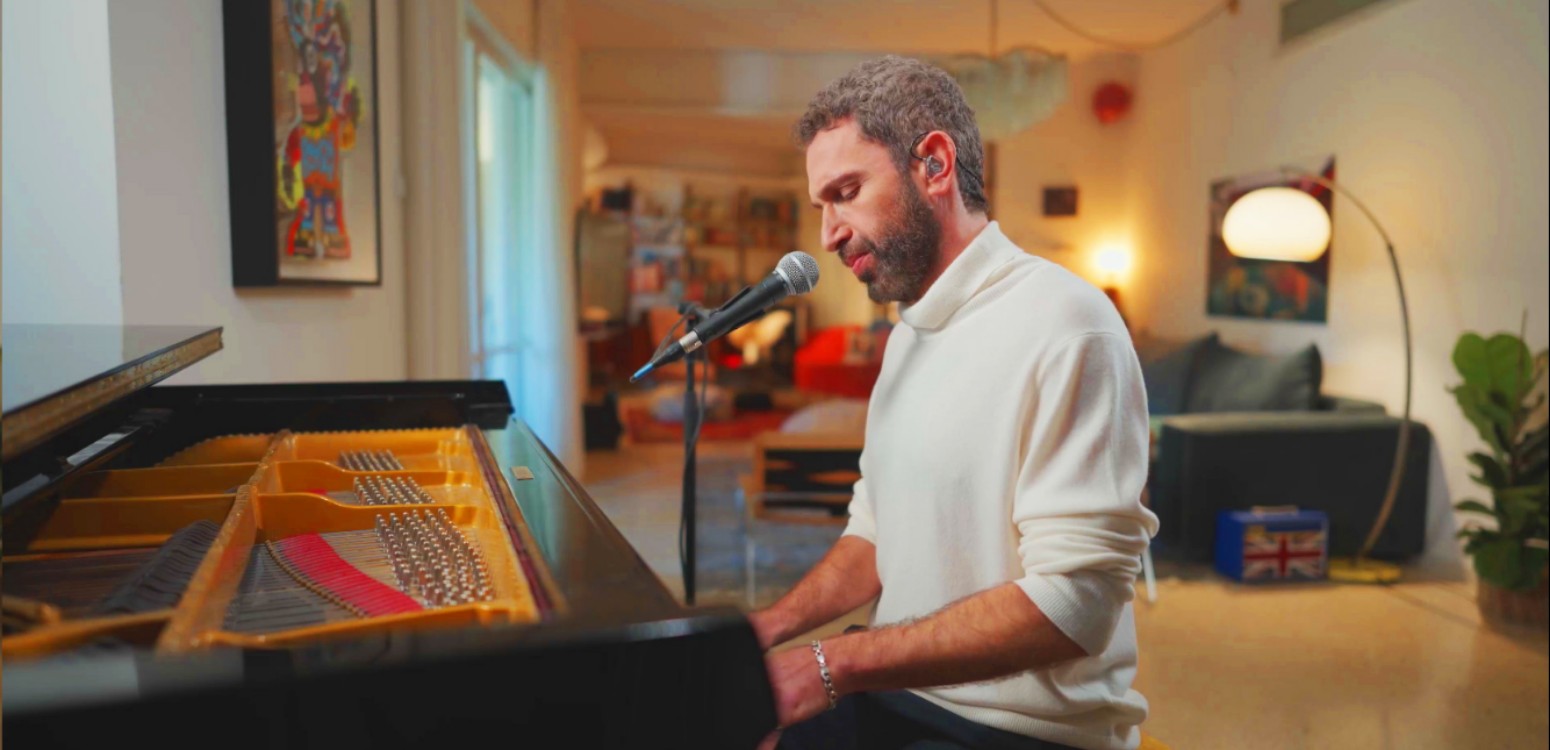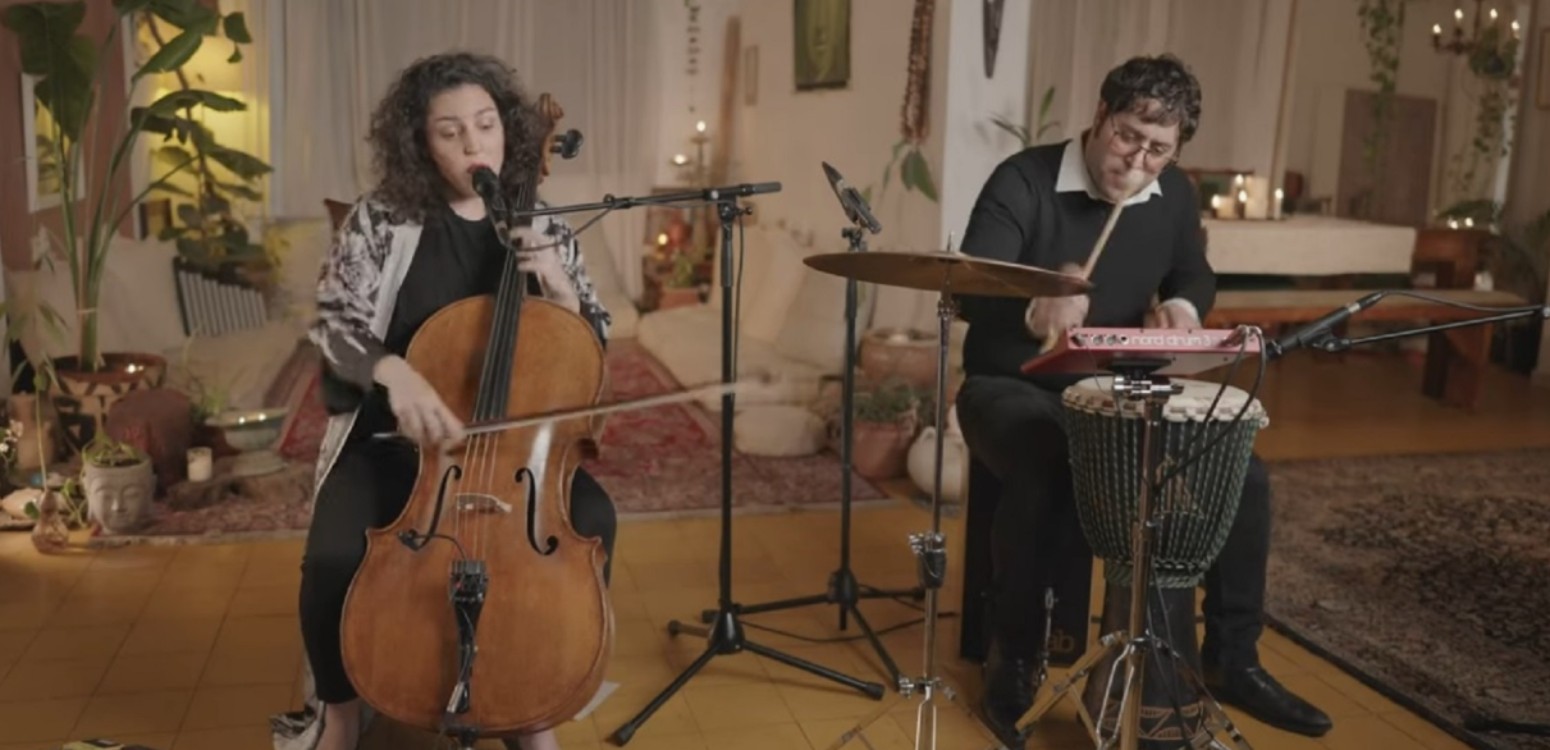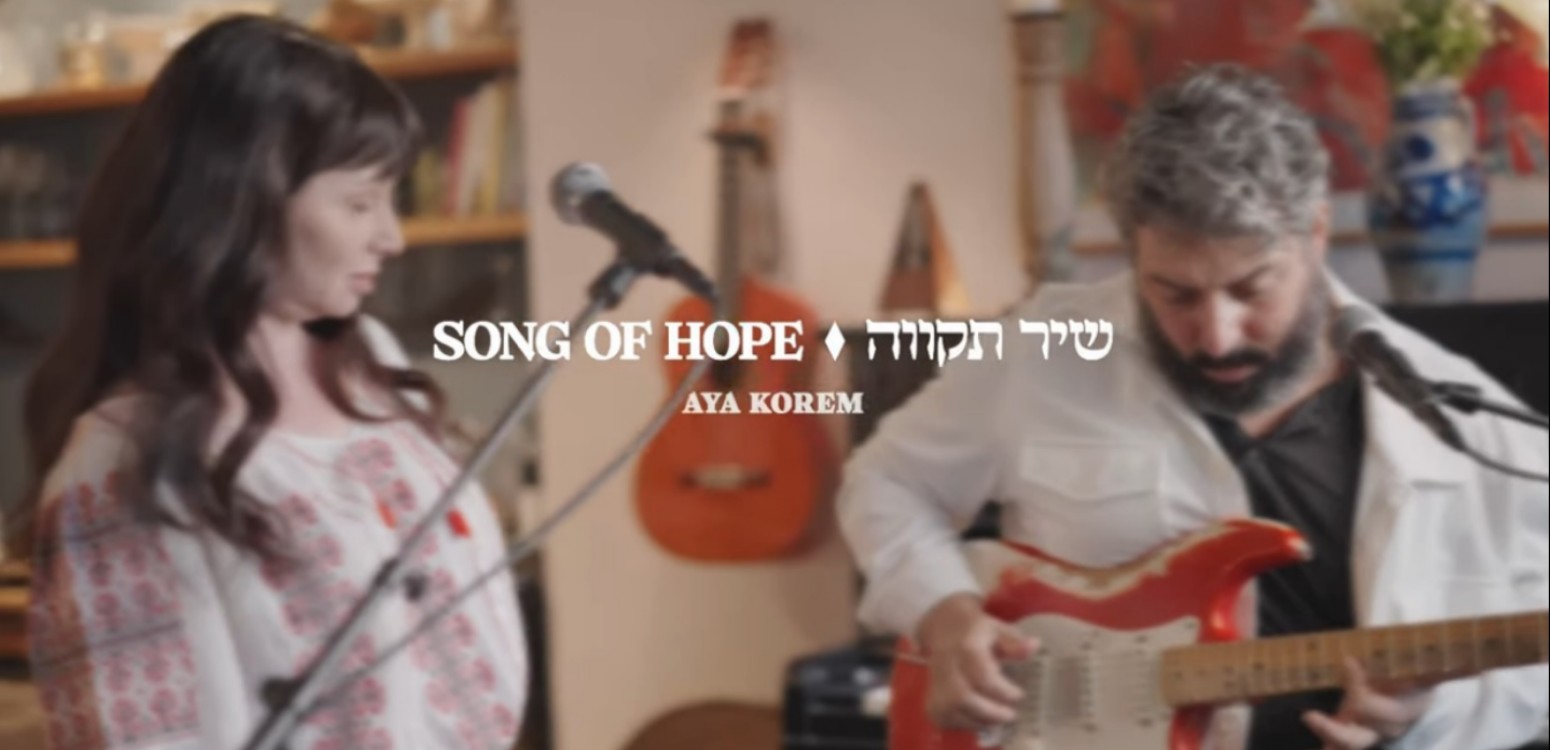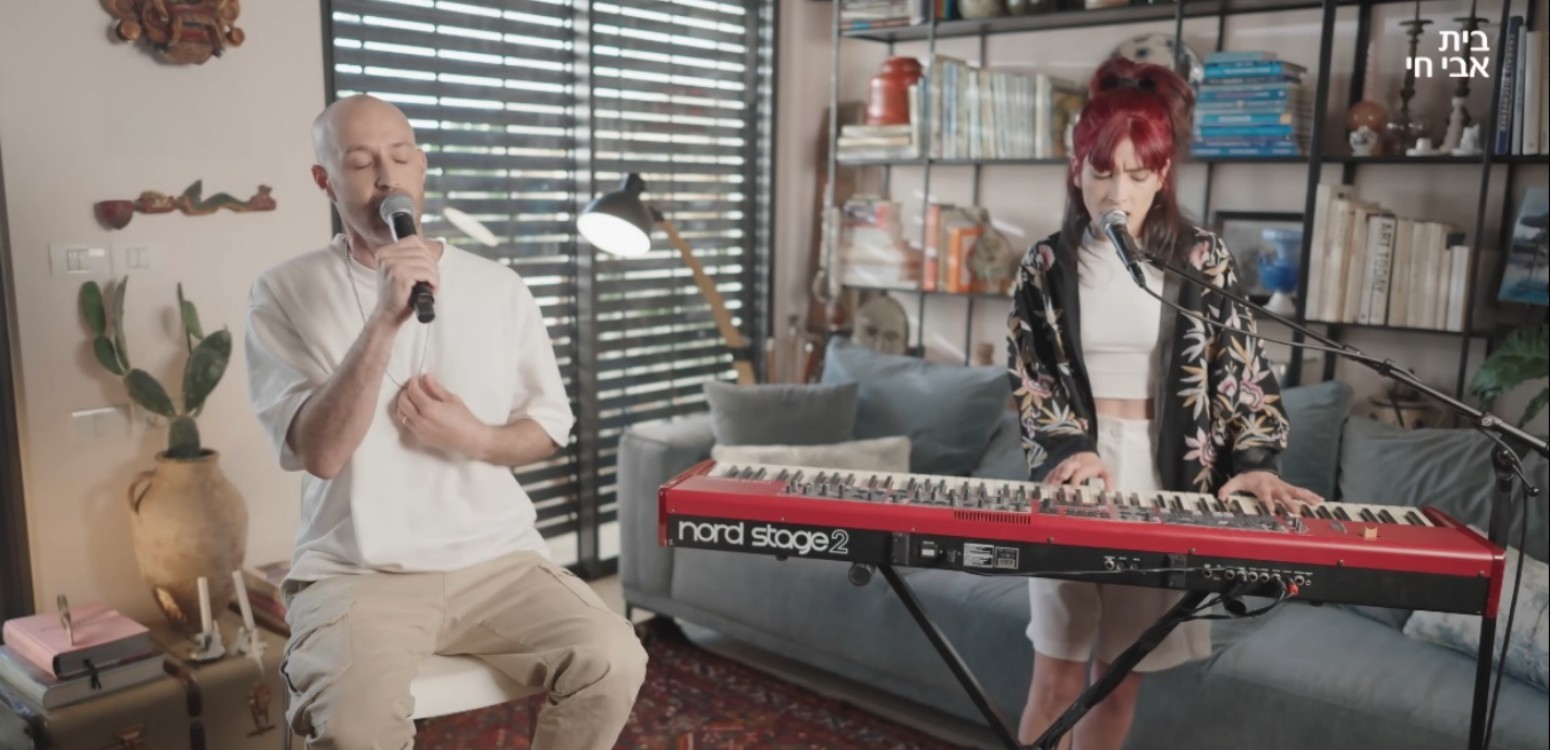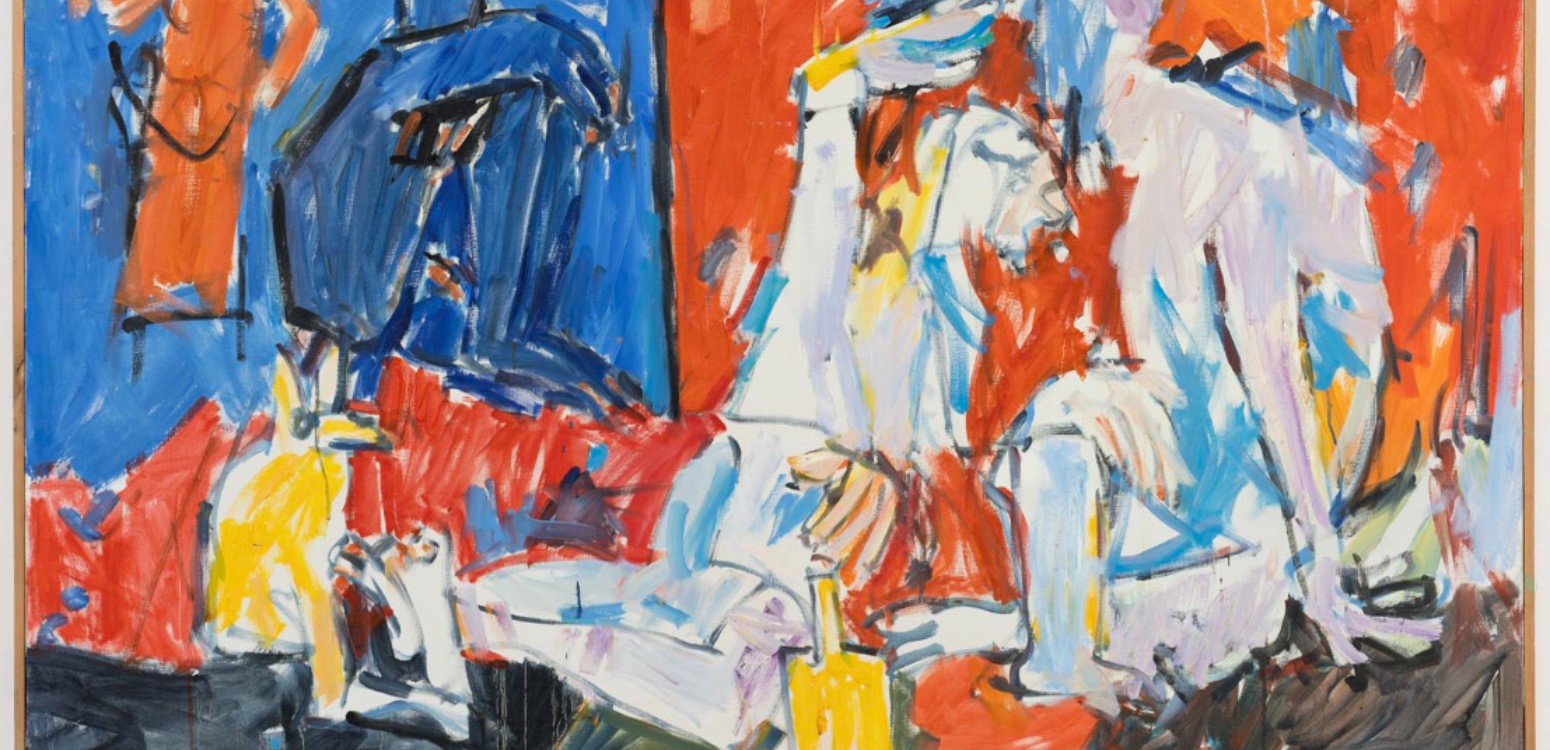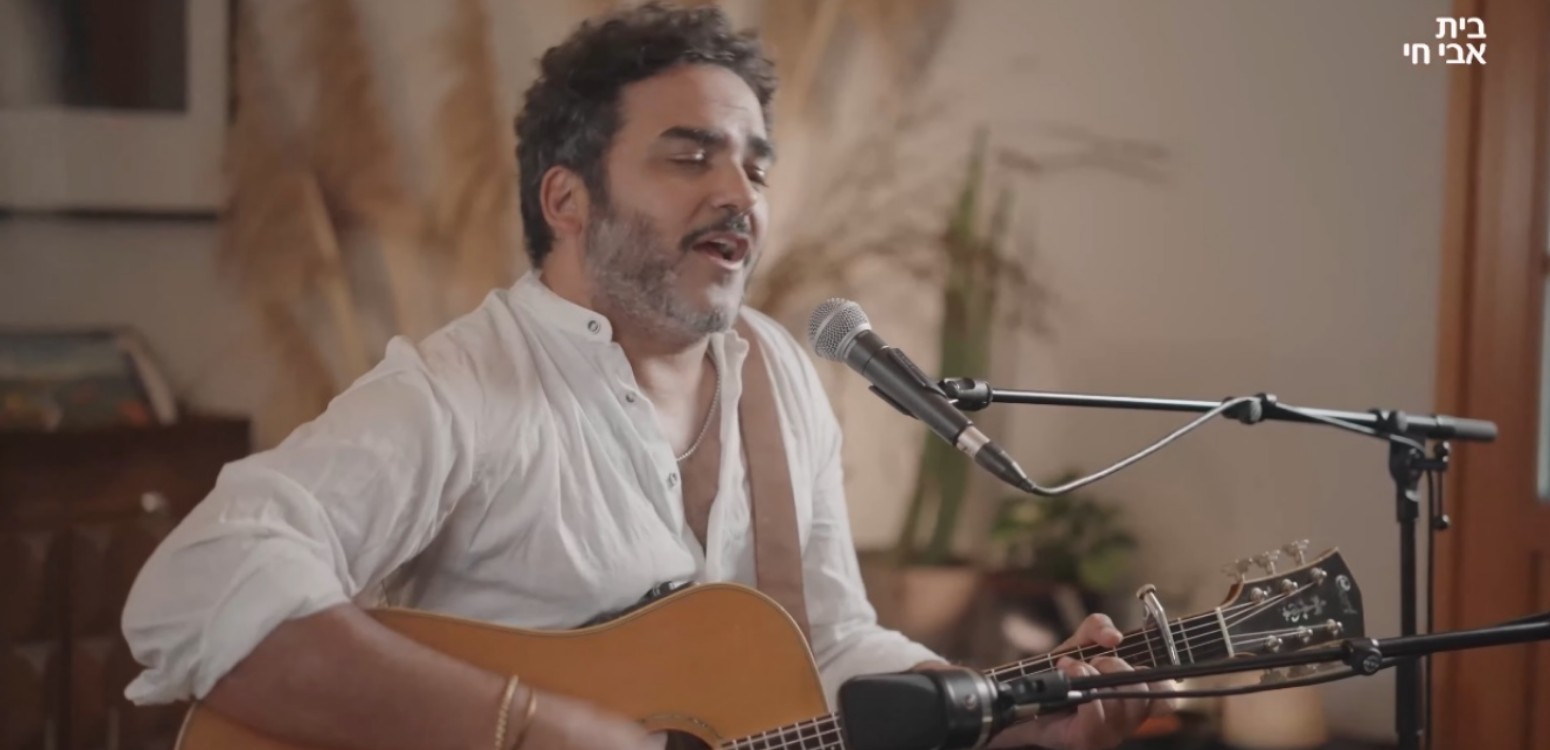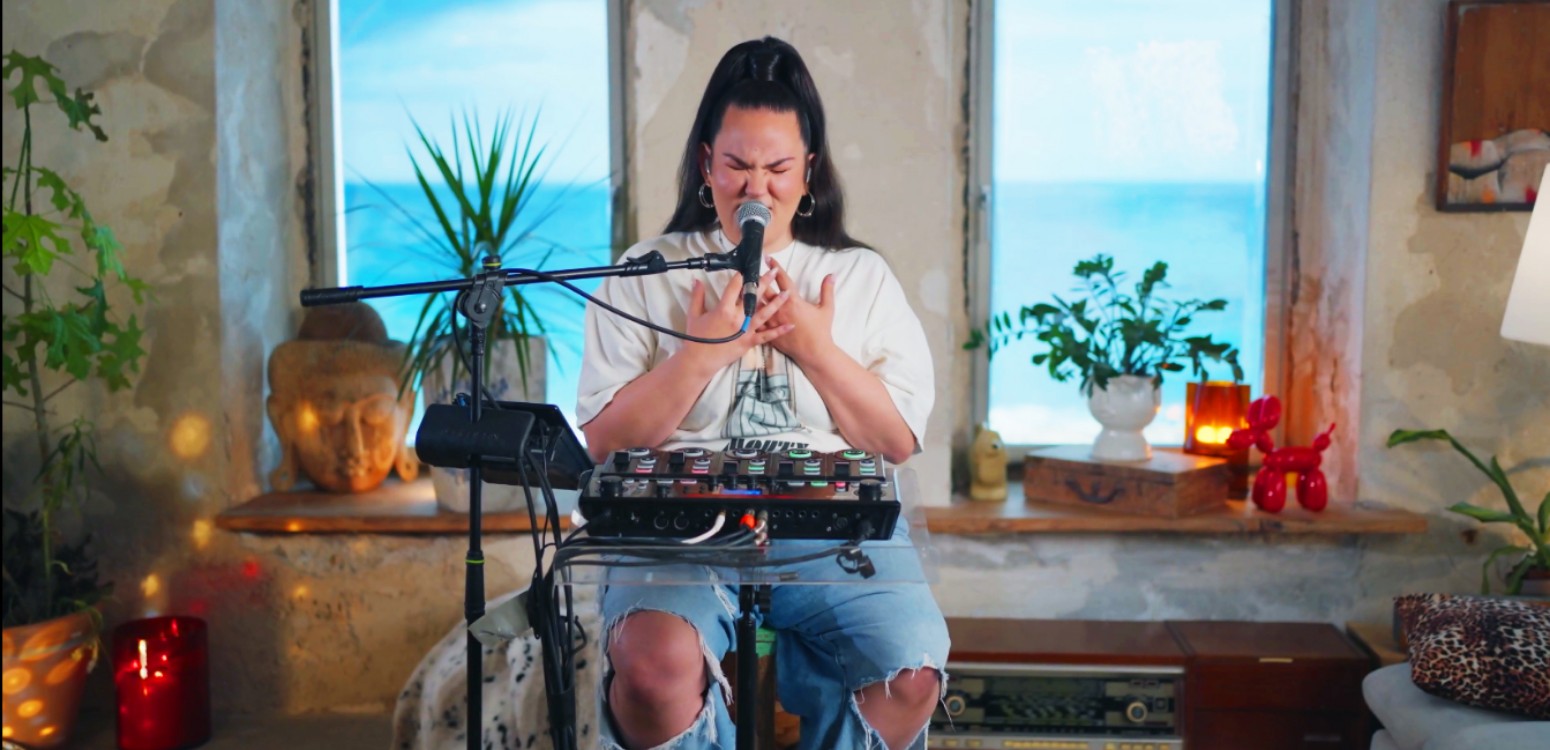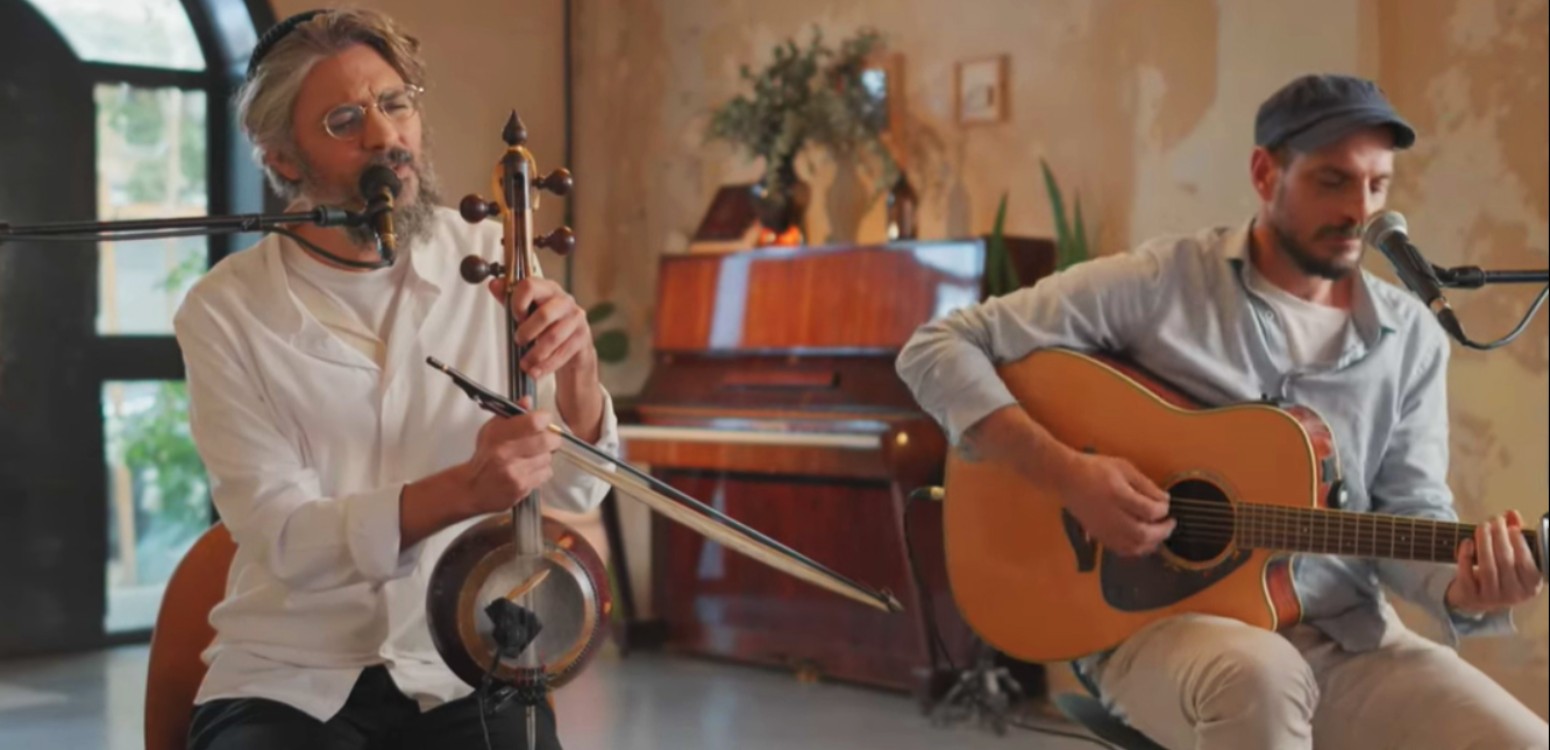
Hoshana Rabbah is one of the most mystical and fascinating days of the Jewish year. With its striking rituals, it carries echoes of ancient Temple rites and the secrets of Kabbalah. In this conversation, Kabbalah scholar Dr. Melila Hellner-Eshed reveals the layers of meaning behind “the day of the final judgment” and explores why thresholds, transitions, and the hope for life make Hoshana Rabbah so unique
On the eve of Hoshana Rabbah, on the threshold of the new year, on the edge of Jewish mystical tradition. Hoshana Rabbah is a fascinating day. Its customs are extraordinary, including the beating of willow branches, beautiful liturgical poems, all-night study, and even magical examinations of the shadow of our body and head by moonlight. It’s also the day of to the parting from one of the most beloved holidays – Sukkot.
Who better to discuss Hoshana Rabbah with than Kabbalah researcher Dr. Melila Hellner-Eshed.
The day of the final judgment
“Hoshana Rabbah is a very important and splendid day,” said Hellner-Eshed when asked to tell us about the uniqueness of this day and its connection to Jewish mystical tradition, “because it’s the last day of Sukkot. The next day is Simchat Torah, and with it we reach the end of the Tishrei holidays. In the Temple it was a day full of primal experiences, like circling the altar with fresh willow branches. It’s a day of abundant greenery, of wishes for life, wishes for water and wishes for rain. This comes from a very ancient agricultural world, but after the biblical period, what’s interesting is Hoshana Rabbah’s connection to the feeling that this is the day of the final judgment of the world.”
So it’s a day when we actually breathe a sigh of relief?
“Toward breathing a sigh of relief, hoping we’ll live and not die, not by fire and not by water. It’s really a kind of celebration of the end of the sealing of judgment. This moment can take all kinds of forms: magical forms or celebratory forms. Even before the connection to Kabbalah, in Hoshana Rabbah there’s a memory of the special quality of this day in the Temple, this day of willows, of greenery; the day when the altar is decorated.
What’s special about the addition of the mystical tradition of the Hasidim of Ashkenaz, who preceded Kabbalah, to the meanings of Hoshana Rabbah is the idea that a person searches at night when judgment is sealed for the shadow of their body or head, and this seems to me truly something terribly original and certainly very magical, a kind of fortune-telling: seeking signs of the decree that has just been sealed. Later this idea passed into Kabbalah and also appeared in the Zohar.”
It’s a day of transitions. Hoshana Rabbah sits on the threshold of home, in the sukkah, and on the threshold of the new year. What’s the connection to the day’s role in Kabbalah?
“This is a subject that very much interests Kabbalah and the Zohar. The threshold is time, the special quality of times: time is something precious and special, both in transitions between day and night and between night and day, and certainly in transitions between the seasons of the year.”
The importance of standing at gates
“The Zohar is very drawn to transitions. It has great awareness of the importance of standing at gates, of standing on the threshold. I think part of this is also connected to the kabbalists’ love for the Shekhinah, which is the gate to all things; it is the gate through which one passes, and time belongs to it. In the kabbalists’ eyes, these are the truly interesting things.
I don’t know what they thought in Mainz or on the Rhine in September; perhaps that it could start snowing. But in Israel, on the archaic side, Av and Elul really died, and now we’ve prayed, cried, wept, sacrificed dozens of animals, done everything that needs to be done, and why? Because we want rain to fall. Because we want to live. That’s what speaks to me most. I think when the Sages ended up in Babylon, in Europe, Hoshana Rabbah was already different in terms of this immediate experience of the need for rain, and therefore this day took on all these other magical expressions.”
This is a revised and translated version of an article originally published in Hebrew.
Main Photo: Hoshana Rabbah circling at the Hurva Synagogue in Jerusalem by Meir624 \Wikipedia
Also at Beit Avi Chai

